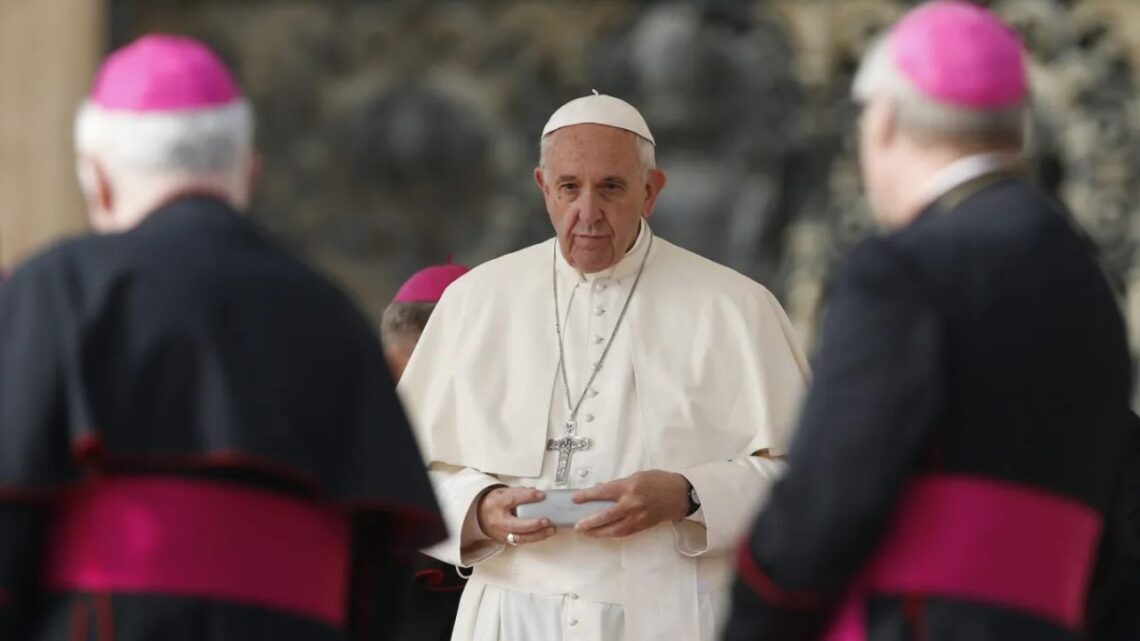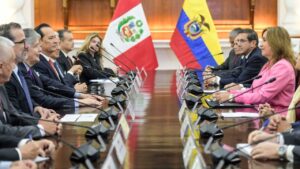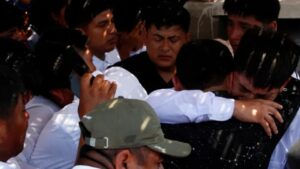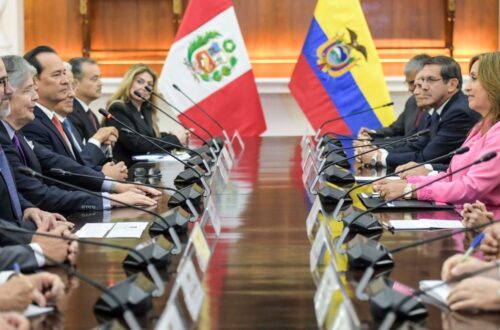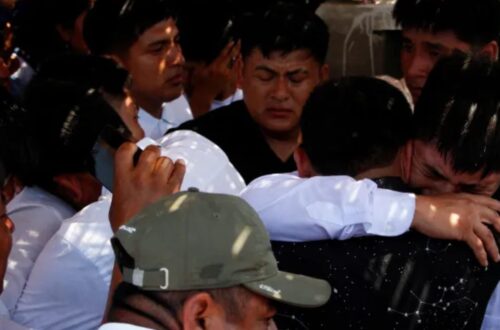A private papal audience with a Peruvian cardinal has reignited debate over how the Church enforces disciplinary restrictions tied to abuse allegations.
Advocates say the encounter is a test of the Vatican’s pledge of transparency and accountability, especially when a high-profile figure is accused of ignoring limits on public ministry and appearances.
What “Restrictions” Typically Include
When the Vatican imposes a penal precept or equivalent measures in cases involving alleged misconduct, the terms can limit a cleric’s public activities, travel or residence, and the use of insignia or titles in ceremonial contexts.
Such steps are meant to protect the faithful, avoid scandal, and ensure that ongoing canonical processes aren’t compromised.
Alleged Non-Compliance And Why It’s Controversial
Reports of a cardinal appearing in public vestments, participating in high-visibility liturgies, or engaging in honors ceremonies despite limitations can spark outrage.
Survivor groups argue these acts revictimize complainants and blur the Church’s message on zero tolerance.
Supporters counter that some appearances might fall under obligations of office or customary protocol, highlighting the need for clear, published terms and consistent enforcement.
What The Pope Could Do Next
Following a meeting like this, the Holy See can:
- Reaffirm or clarify the existing measures in writing.
- Tighten enforcement (e.g., explicit bans on public vesture, travel boundaries, or platformed appearances).
- Mandate pastoral safeguards, including supervised settings for any permitted activity.
- Communicate outcomes in language that centers victims and prevention.
Key Facts At A Glance
| Item | Details |
|---|---|
| Nature Of Measures | Usually a penal precept or comparable restrictions on public ministry, insignia/vesture, residence/travel, and sometimes eligibility for major ecclesial functions. |
| Purpose | To protect the faithful, ensure due process, and avoid scandal during or after investigations. |
| Common Points Of Tension | Visibility at high-profile Masses, official ceremonies, or public honors that can contradict the spirit of restrictions. |
| What Victims Seek | Clarity on the exact terms, public communication, and predictable consequences for non-compliance. |
| Possible Vatican Actions | Clarify, tighten, or publish terms; appoint monitors; require pastoral and safeguarding plans. |
The Peru Context
Peru’s Catholic landscape includes influential movements and a history of high-stakes abuse cases that drew international scrutiny.
This backdrop makes any papal meeting with a Peruvian cardinal under restrictions especially sensitive.
It touches not only the ecclesial sphere but also public trust, civil society, and survivor advocacy networks in the country.
Why Clear Communication Is Crucial
Ambiguity around who can do what—and where—creates confusion among the faithful and fuels speculation.
Plain-language decrees, visible compliance milestones, and regular updates are vital for rebuilding trust. When enforcement is predictable and transparent, the Church’s commitment to safeguarding is easier to see and harder to doubt.
A papal audience with a Peruvian cardinal linked to alleged non-compliance is more than a private appointment—it’s a litmus test for how the Church balances due process, pastoral care, and an unambiguous stance on abuse prevention.
The most convincing path forward is clear, public terms, strict enforcement, and communication that keeps survivors at the center.

